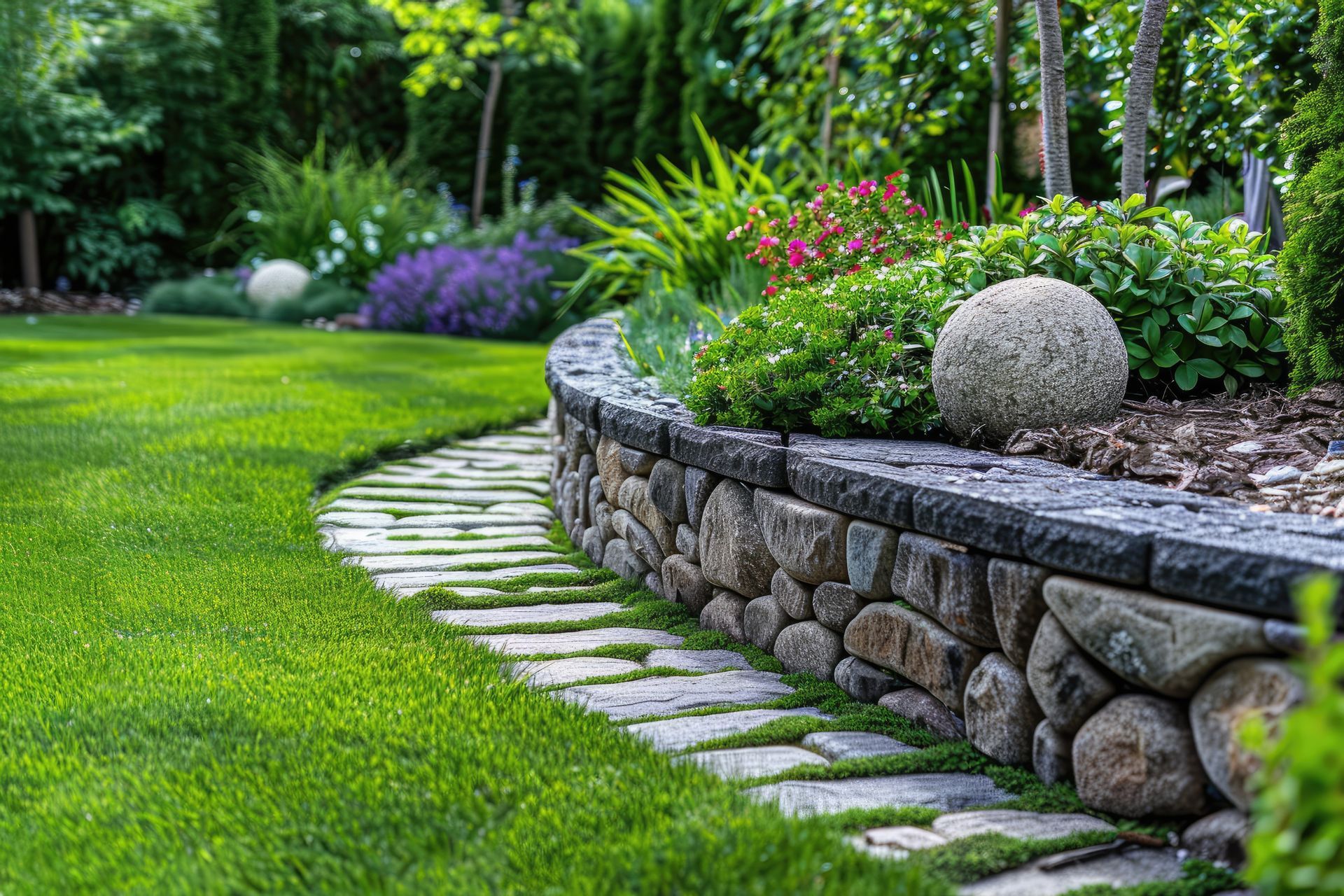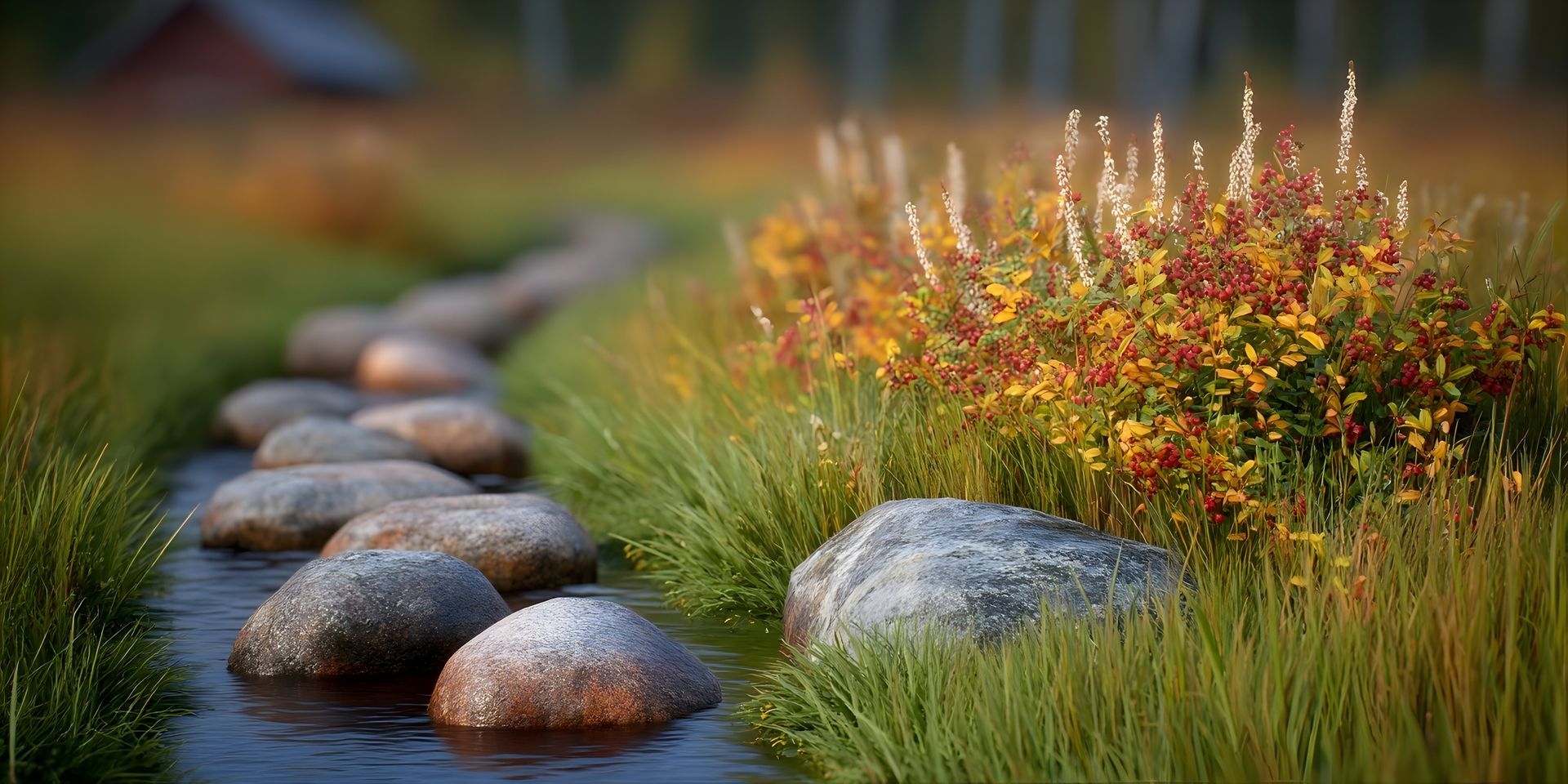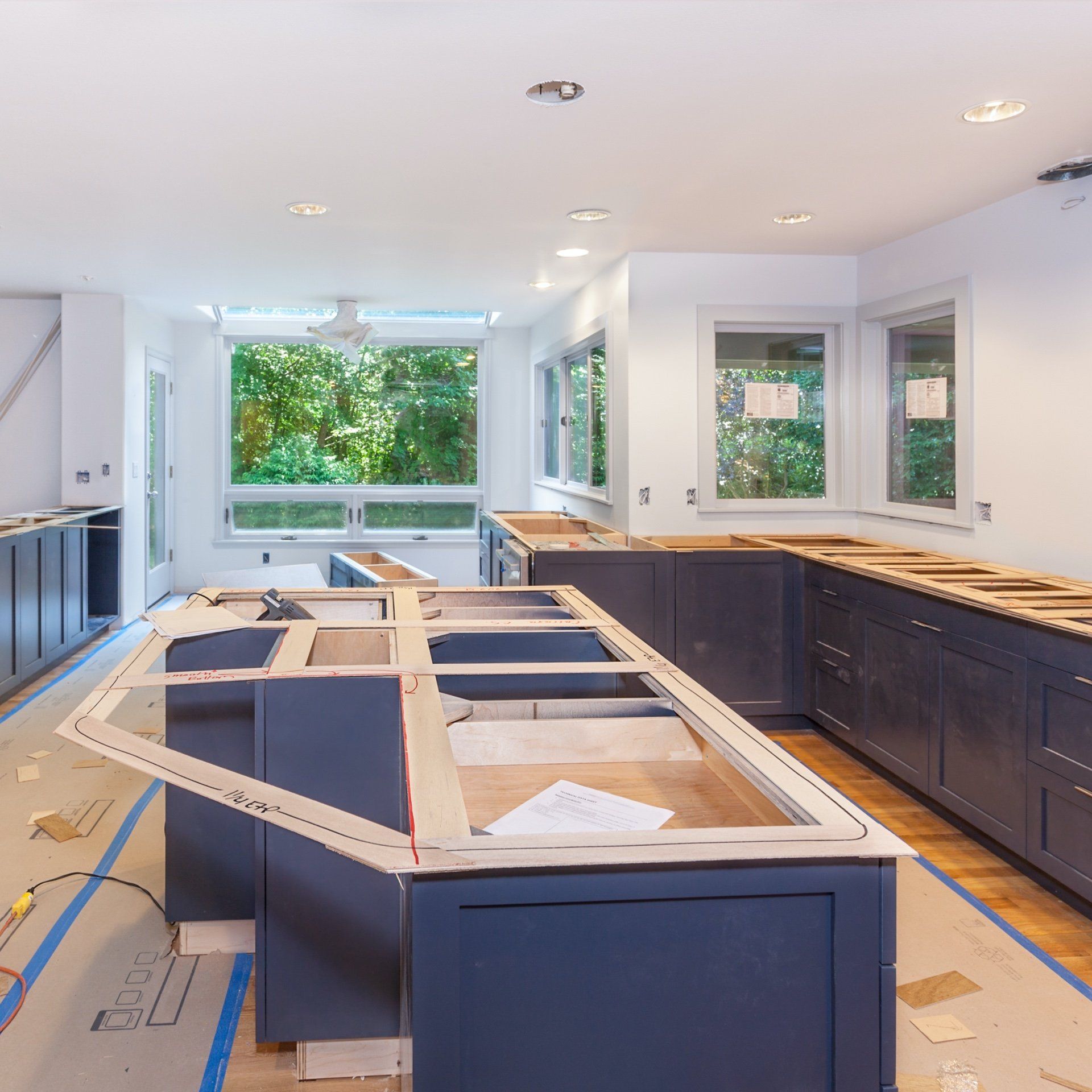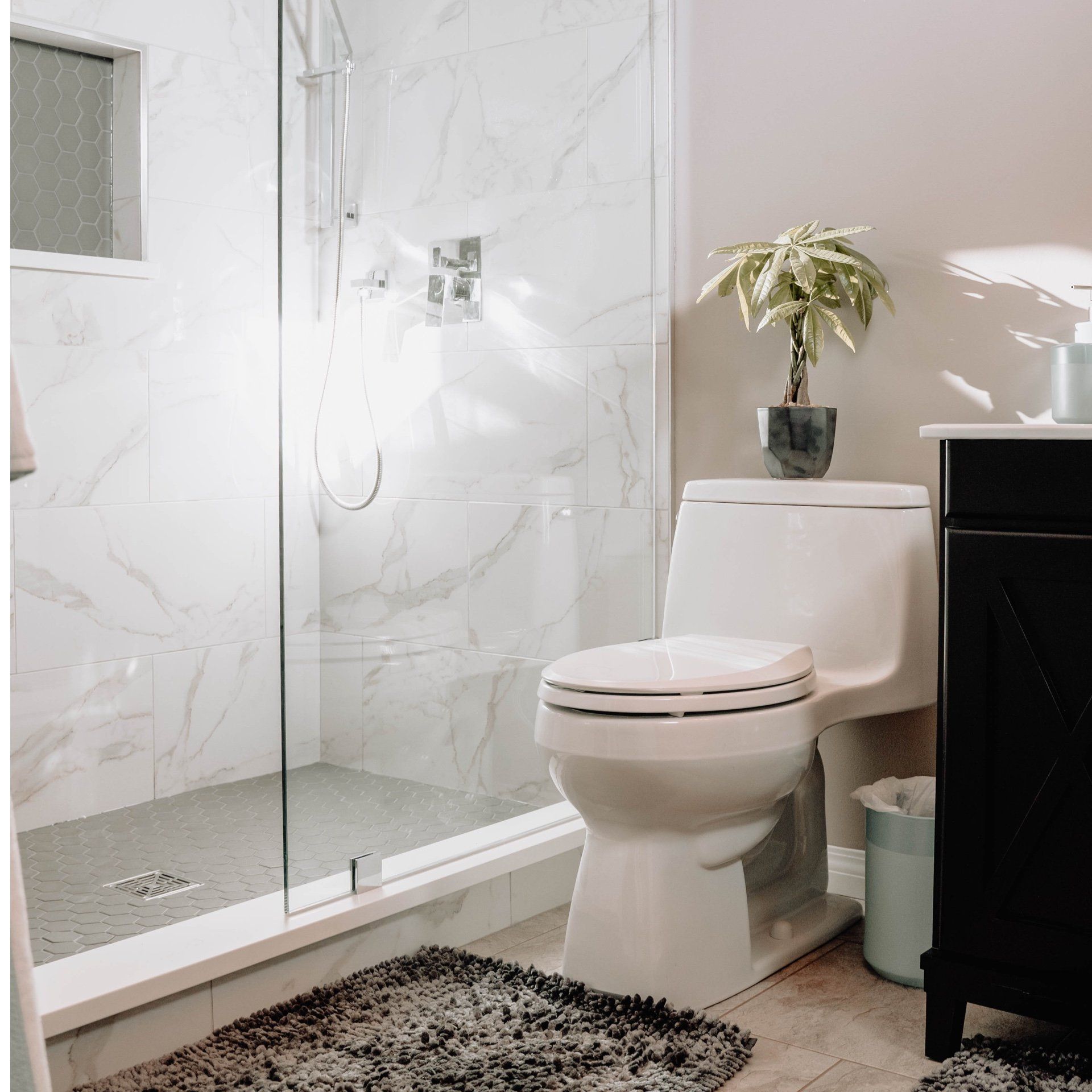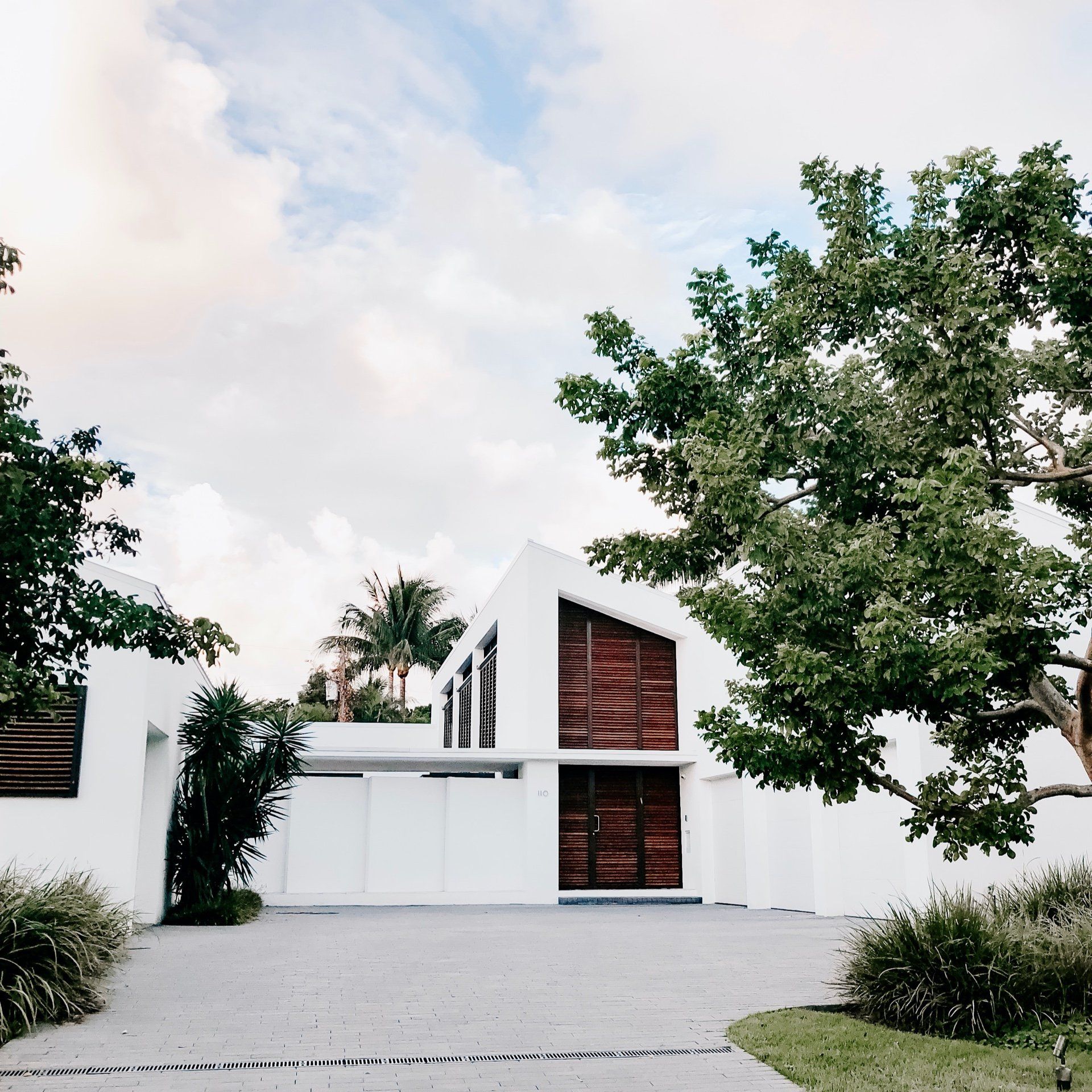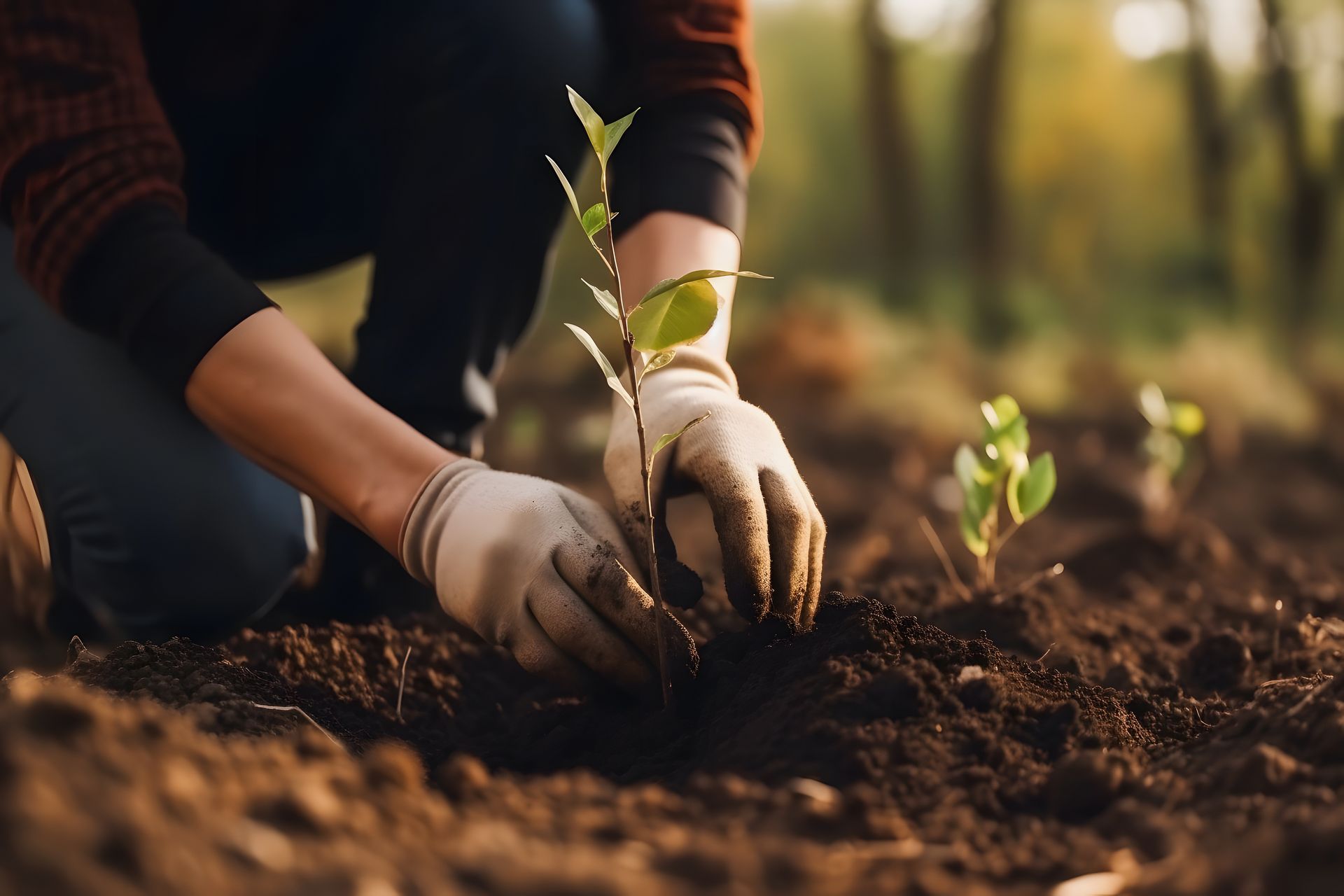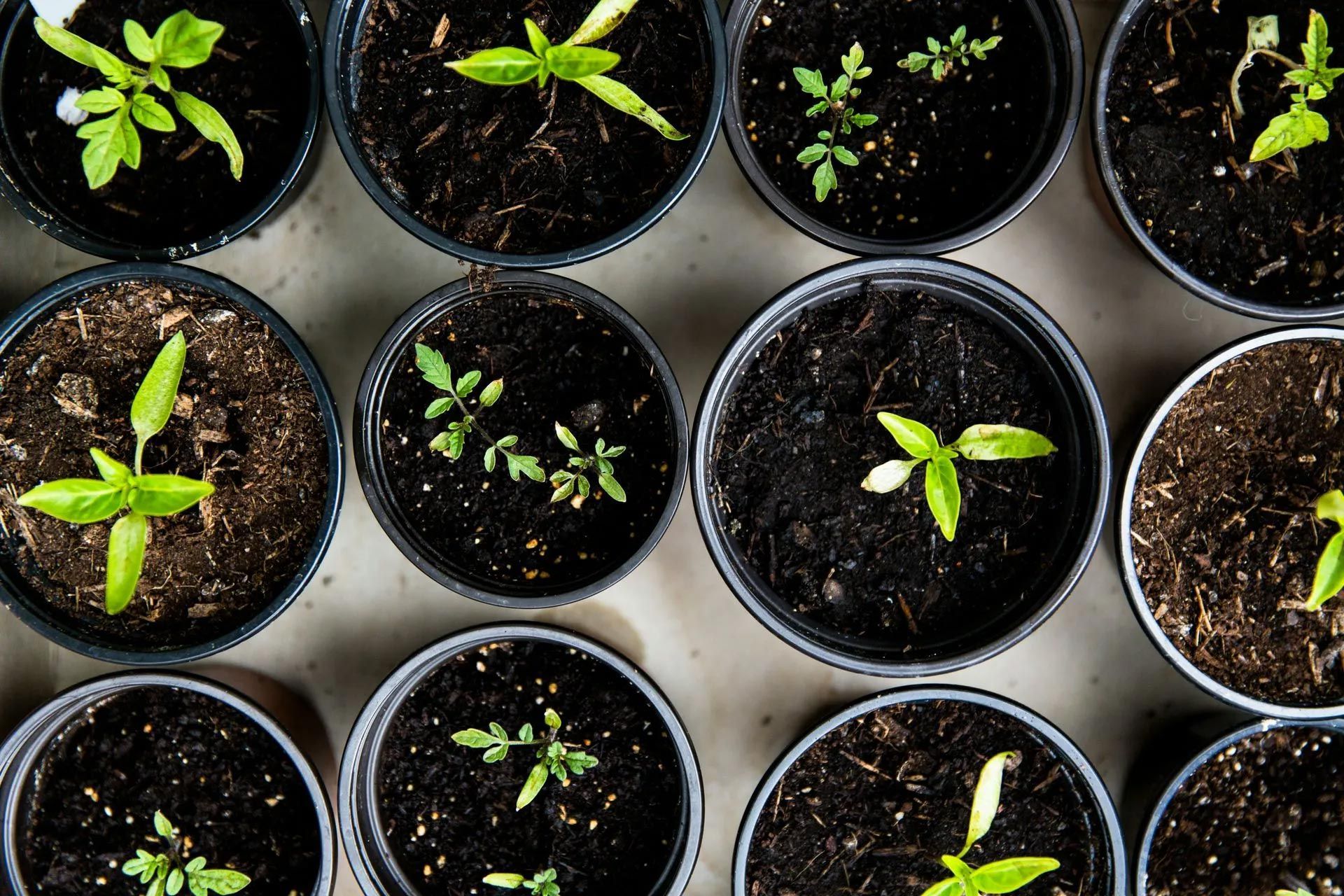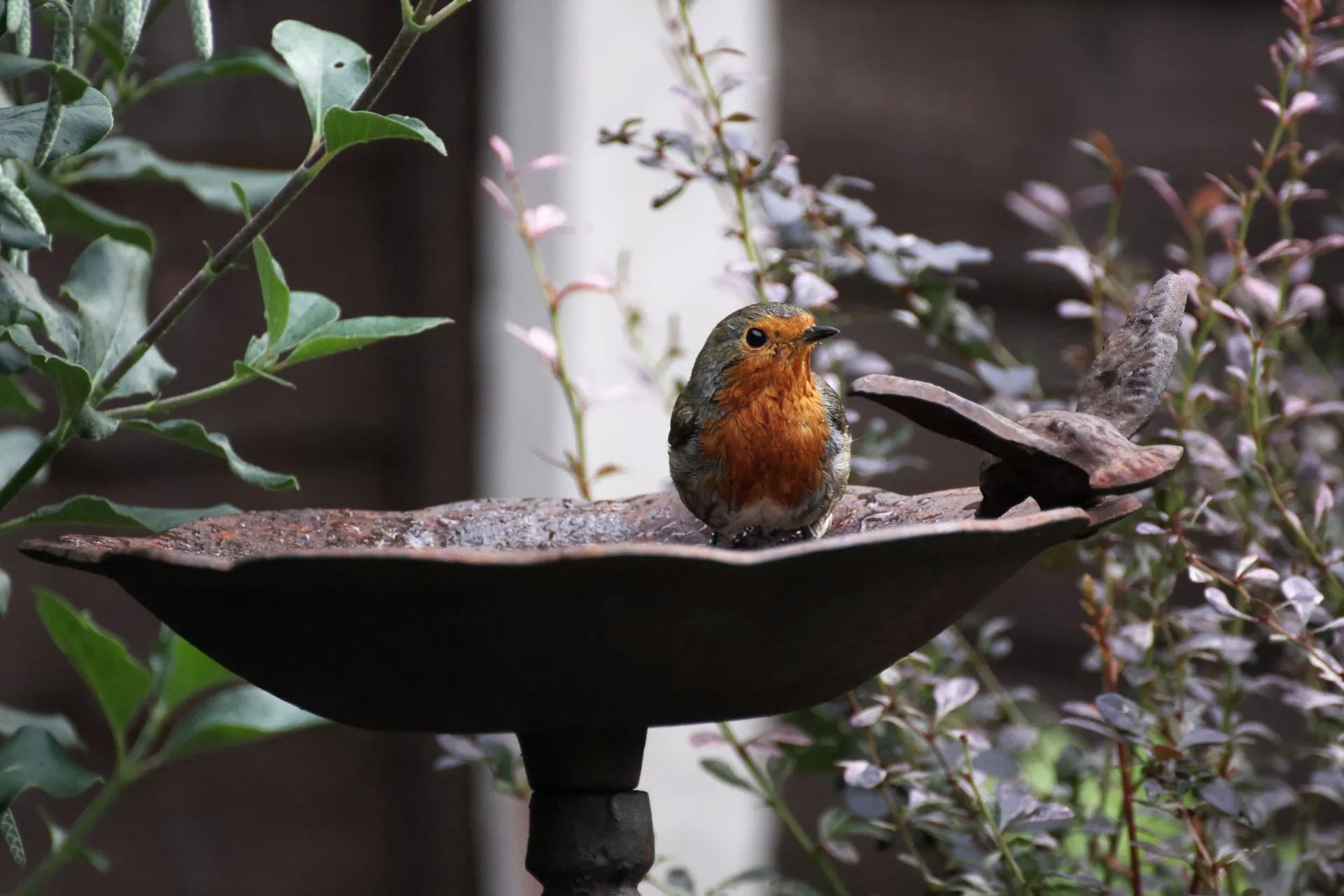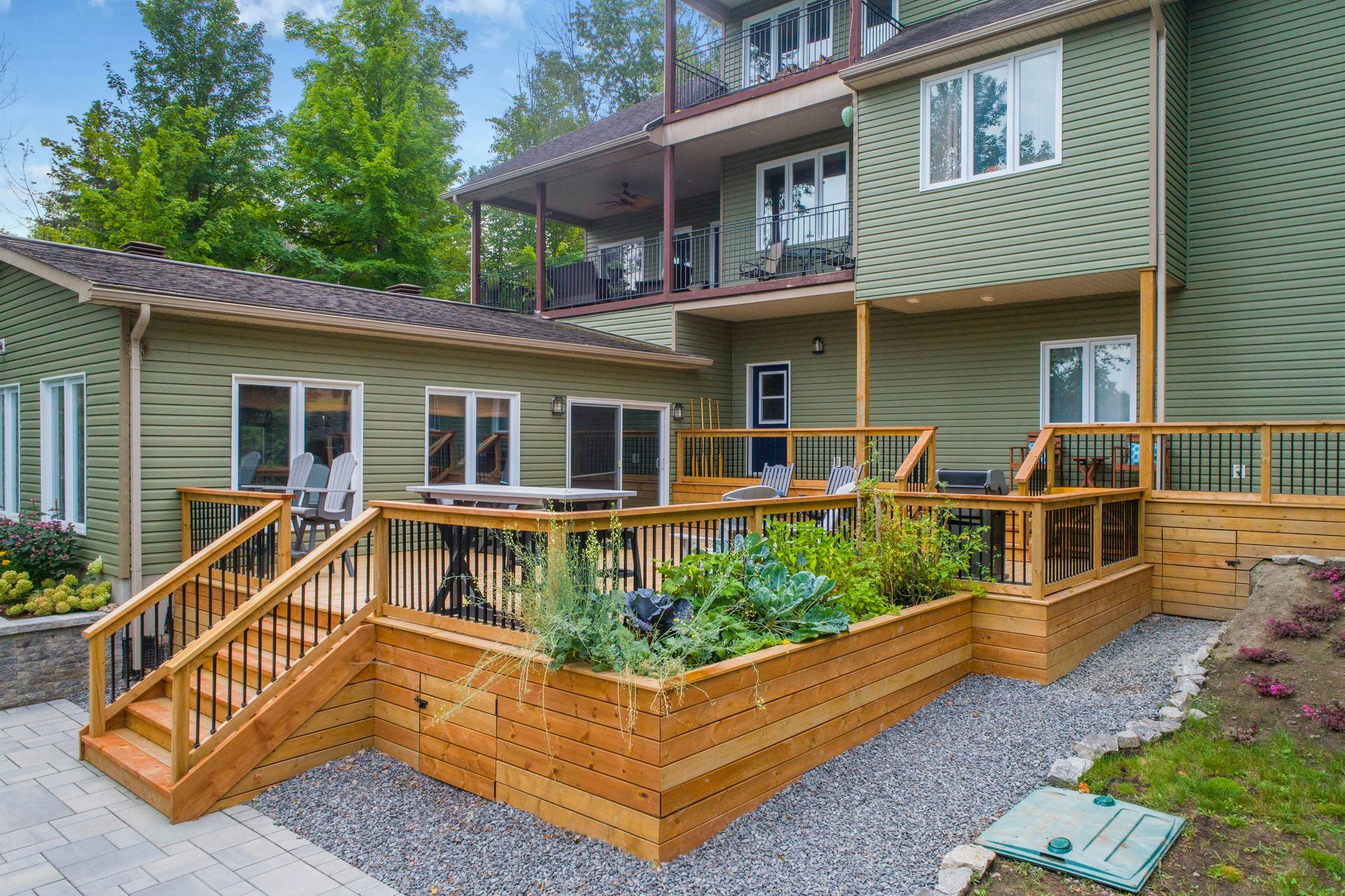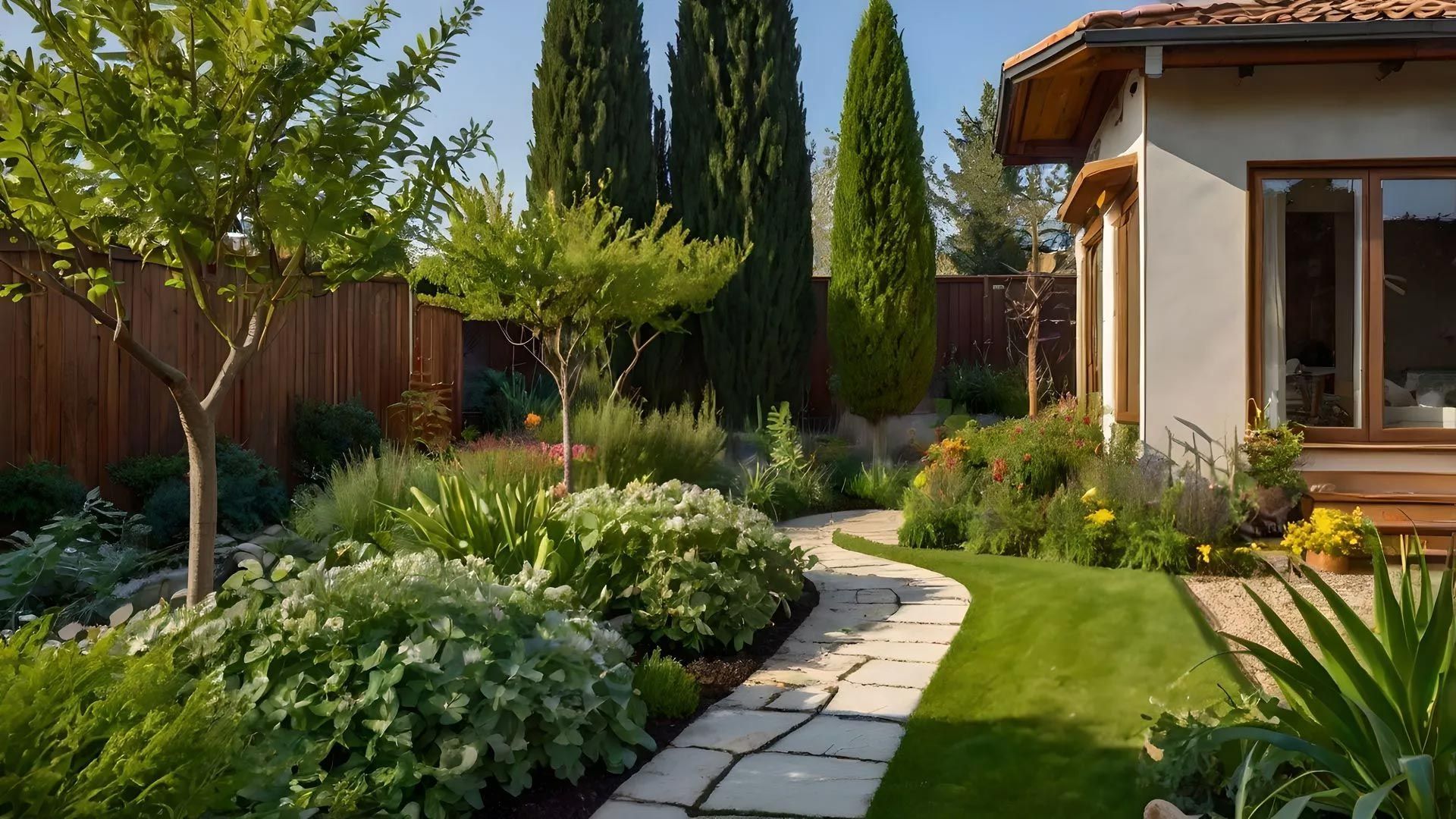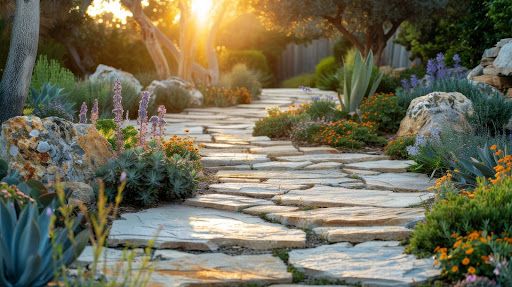Smart Tips to Maximize Small Outdoor Spaces
Small outdoor spaces often present significant design challenges, but with the right strategies and creativity, these areas can transform into beautiful and functional extensions of the home. Whether it's a tiny balcony, a small yard, or a compact patio, the key to maximizing these spaces lies in smart design, multifunctional features, and the strategic use of décor. We will explore several effective ways to enhance small outdoor spaces, focusing on the use of vertical gardens, multipurpose furniture, and clever lighting techniques that make these areas appear larger and more inviting.
Embrace Vertical Gardening
When ground space is limited, the best way to add greenery is to think vertically. Vertical gardens are not only a wonderful method to bring life and color to a small outdoor area, but they also add privacy and reduce noise, which can be especially beneficial in urban environments. Consider installing a vertical garden by using wall-mounted planters, trellises, or even a green wall with integrated watering systems. Climbing plants such as ivy, jasmine, or honeysuckle can beautify a wall or fence, while herb walls could provide both aesthetics and functionality, giving you fresh spices right at your fingertips.
Choose Multipurpose Furniture
To maximize the utility of a small outdoor space, selecting the right furniture is crucial. Opt for pieces that serve multiple purposes to reduce clutter and increase functionality. A bench with built-in storage can be used for seating while also storing gardening tools or outdoor cushions. Extendable or folding tables and chairs are perfect as they can be compacted down when not in use. Consider furniture that can be easily moved or reconfigured, allowing you to adapt the space for different uses, whether it’s dining, relaxing, or entertaining.
Implement Strategic Lighting
Proper lighting can transform the ambiance of a small outdoor space and make it appear larger. Use a variety of light sources, such as string lights to create a warm glow, solar-powered lamps—which are energy-efficient and easy to install—or LED lights embedded into decking or staircases for a modern look. Thoughtfully placed lighting can not only extend the usability of the space into the evening but can also create the illusion of depth and open space.
Optimize Layout and Flow
The layout of your outdoor space affects how large it feels and functions. Aim for a clear, unobstructed flow of movement. This might mean choosing sleek, streamlined furniture, using hanging planters instead of floor pots, or even just arranging your furniture to create a more open pathway. Consider the line of sight from your indoor space to the outdoor area; a well-planned layout should draw the eyes outwards, making both indoor and outdoor spaces feel more expansive.
Utilize Reflective Surfaces
Mirrors aren’t just for indoors. Placing mirrors in your outdoor area can visually double the space, reflecting light and scenery. Position a large mirror on a wall or fence facing your garden or seating area to create an illusion of depth, making your small outdoor space feel larger and more open. Mirrors also reflect natural light, brightening your space throughout the day.
Incorporate Rugs and Textiles
Rugs and other textiles can define areas and add color and texture, making the space feel more inviting. Choose a rug to cover unsightly flooring, to delineate a dining or lounge area, or simply to add comfort underfoot. Weather-resistant fabrics for cushions, pillows, and throws can bring color and comfort to your outdoor seating, enhancing the overall appeal and making it feel like a continuation of your indoor living space.
Keep Decor Minimal and Functional
When space is at a premium, every piece of decor should serve a purpose, whether it’s functional or purely aesthetic. Opt for decorations that don't clutter the space but enhance it. This might mean choosing a statement piece, like a beautifully designed bird bath or a unique sculpture, rather than multiple smaller items. Decorative yet functional elements, such as stylish watering cans or beautiful yet durable outdoor tableware, can also enhance both the usability and attractiveness of your outdoor area.
Select the Right Plants
Choosing the right plants is crucial in a small outdoor space. Opt for plants that are suitable for the amount of sunlight your area receives. In smaller spaces, it's advisable to select plants that grow upwards rather than outwards. Tall, slender plants like bamboo can create privacy without taking up too much horizontal space. Additionally, consider the maintenance needs of the plants; choose varieties that are hardy and low-maintenance to reduce the need for constant care.
Though challenging, designing a small outdoor space provides a unique opportunity to get creative with your solutions. By using vertical gardens, multifunctional furniture, and strategic lighting, even the smallest spaces can be transformed into a functional and inviting outdoor retreat. Reflective surfaces, careful selection of plants, and the right layout all contribute to making a small outdoor area seem larger and more integrated with your home. With these tips, you’re well on your way to creating an outdoor space that not only looks great but is a pleasure to use.
Ready to transform your small outdoor space into a functional, inviting retreat? We specialize in creating beautiful, efficient outdoor living areas that maximize every inch of your available space. Contact us today to learn how we can help turn your outdoor space dreams into reality.
